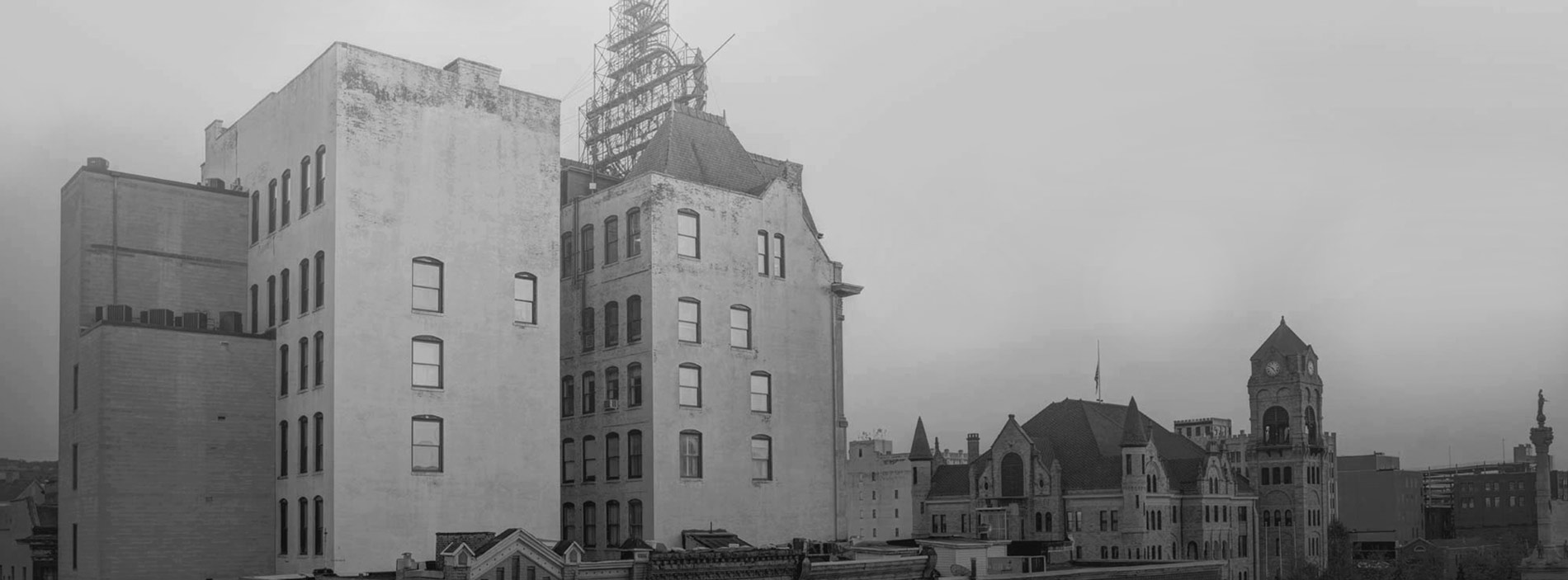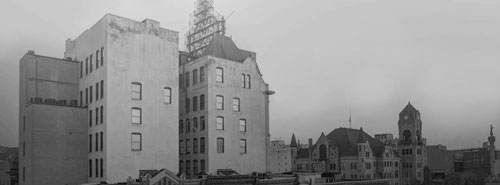Many media reports of motor vehicle accidents end with the statement “The investigation is continuing.” A lay person reading this statement might wonder how an accident investigation can “continue” if the scene has been cleaned up, with all damaged vehicles hauled away and loose parts picked up.
Accident reconstruction is a sub-specialty of the field known as forensic engineering. Forensic engineers use the skills of their profession to study and analyze evidence gathered at the scene of an accident to explain the cause of the accident and answer the question “Who was at fault?”
The basics
The engineering team assigned to investigate the accident first visits the scene of the accident to make a thorough and detailed inventory of the evidence. They will note the position of the vehicles and any victims that were found outside the vehicles.
They will observe and measure skid marks both on the roadway and in the turf adjacent to the road. They will also note any damage to roadside structures such as traffic and speed limit signs, commercial signs and structures, guardrails, and the like.
Most forensic engineers will also make a detailed photographic record of the scene using modern digital equipment. The investigators will also interview any witnesses, including victims that are not incapacitated by their injuries.
In-office investigation
In that portion of the investigation that is rarely seen by the public, the investigators will use resources in their laboratory, such as downloading information from the Electronic Control Module on the vehicles that are equipped with this device (the device is commonly referred to the “black box” in aircraft accident investigations). The investigators will also consult the several reference works they own for information on the impact resistance and similar properties of various automotive designs.
The reconstruction
Most accident investigators own computer software that can use the data gathered from the accident to recreate an animation of the accident that can graphically demonstrate the pre-accident and post- accident movements of all vehicles. These animations are frequently used in trials to provide a clear narrative of the accident.
Many police departments have set up their own accident reconstruction teams, and many private engineering firms offer similar services. If the case goes to trial, the computerized reconstruction will be a crucial portion of the evidence presented to the jury.


